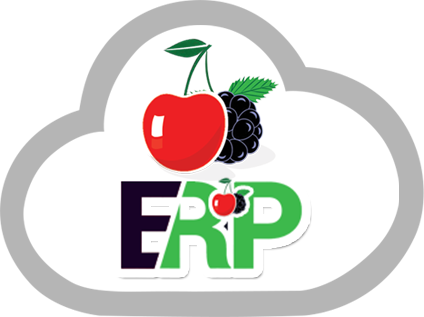Streamlining Assets and Maintenance with a Modern Fixed Asset Management System
For businesses that own and manage large numbers of physical assets, having an effective fixed asset management system is crucial. Assets like buildings, machinery, IT equipment and more represent major capital investments. A robust software system allows organisations to efficiently track, analyse, and optimise the accounting, maintenance and usage of these critical fixed assets. This article explores the key capabilities and benefits of a modern fixed asset management system.
Core Features of Fixed Asset Management System:
Fixed asset management system has a lot of benefits for large businesses if implemented in the right way.
Simplifying Asset Tracking and Record-Keeping:
A core feature of any fixed asset management system is establishing a centralised database to track details on all owned assets. This includes information like:
– Asset descriptions – Name, model number, serial number, etc.
– Locations – Facilities and physical locations where assets are installed or stored
– Purchase dates and costs
– Depreciation schedules
– Warranty and title/ownership documentation
– Custom attribute fields like capacity, condition rankings, etc.
Consolidating this data in a single system simplifies record-keeping and gives managers enhanced visibility into the state of assets enterprise-wide.
Asset Hierarchy Organisation:
Sophisticated systems enable flexible asset hierarchy structures. Assets can be sorted into logical groupings like by:
– Facility or site
– Department, cost centre or division
– Type of asset
– Manufacturing process line
– Maintenance or inspection zone
Organising thousands of assets into logical hierarchies makes physical and financial tracking more manageable.
Asset Accounting Automation:
For accounting teams, managing assets manually in spreadsheets is extremely cumbersome. Asset management software integrates with general ledger systems and ERPs to automate key accounting processes including:
– Capitalising acquisition costs
– Calculating and recording depreciation
– Initiating and tracking asset disposals
– Monitoring asset valuation and net book value
– Performing impairment testing
– Producing financial statements for compliance
This automation provides efficient, accurate financial tracking and reporting on every asset.
Maintenance & Utilisation Optimization:
In addition to accounting capabilities, advanced systems also facilitate maintenance activities and utilisation tracking:
– Scheduling preventative maintenance like inspections and servicing based on elapsed time, metre readings or other triggers.
– Assigning maintenance requests and work orders to staff.
– Recording costs of maintenance, repairs and downtime.
– Monitoring asset usage rates and scheduling.
– Alerting when assets are under or over utilised.
– Tracking warranties and expiration dates.
These features maximise asset productivity and lifetime by establishing efficient maintenance routines.
Reporting and Analytics:
Robust analytics and reporting enable data-driven decisions about assets. Key reports include:
– Lifecycle costs of assets or asset types
– Utilisation rates and usage patterns
– Custom queries of asset data
– Maintenance expenses
– Depreciation projections
– Warranty analysis
– Asset ageing and condition
With insights from analytics, managers can optimise capital allocation, maintenance strategies, and asset lifespans.
Conclusion:
For any business that makes major investments into physical assets, implementing a robust fixed asset management system is a strategic imperative. The systematisation and insight provided by these solutions enable far more effective accounting, maintenance and optimization of precious capital assets over their entire lifecycle. Rather than relying on spreadsheets and manual processes, companies can leverage automated software tools purpose-built for the complexities of asset management. The upfront cost of acquiring and rolling out an advanced fixed asset management system is readily justified by the long-term dividends including reduced compliance risks, maximised asset utilisation, data-driven maintenance strategies, and ultimately more productive capital allocation. For asset-intensive organisations, embracing modern software to centrally organise and analyse asset data is crucial to drive operational excellence. The capabilities of these systems allow businesses to move from reactive to strategic approaches in fixed asset management. Cherry Berry ERP is providing all these services to its customers. Visit us today to avail all these many other services.
